The Characters We Love
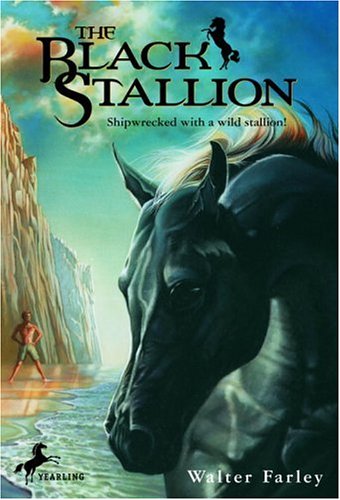 Last week I looked at sub-genres of speculative fiction and asked visitors to weigh in on their favorites. Today I want to discuss characters.
Last week I looked at sub-genres of speculative fiction and asked visitors to weigh in on their favorites. Today I want to discuss characters.
When I was growing up, Alec Ramsey was my hero. He was a gutsy kid, resourceful and caring. And he was a survivor. Dumped into the ocean on a voyage to see his uncle, Alec and a wild stallion he called the Black, made it to a deserted island where they built a connection. And so, a series of books was born based on a beloved character and his horse.
Over the years, I’ve come to love many more characters beside Walter Farley’s young protagonist. There is Elizabeth Bennet in Pride and Prejudice, Jo March of Little Women, Tom Sawyer and Huck Finn in Mark Twain’s classics. I even loved Scarlet O’Hara of Gone with the Wind, though I hated her a little, too.
I could go on and on listing characters I loved who appeared as the star of their books, but there’s another set of characters that aren’t front and center, yet they nearly steal the show. Think, Sam Gamgee or Gandalf in J. R. R. Tolkien’s works.
Perhaps no character so embodies the enticing secondary character as does Falstaff in Shakespeare’s Henry IV Parts I and II and again in The Merry Wives of Windsor.
“Falstaff is perhaps the most substantial comic character that ever was invented,” one scholar said (See Shakespeare Online). Any number of works have been written in an effort to dissect what makes him so beloved, and other stories have been created to put him in the spotlight.
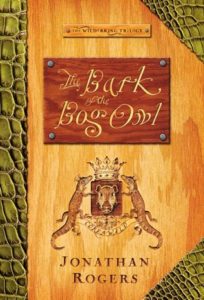 In Christian speculative fiction I can think of several secondary characters that hold great appeal and nearly demand a book of their own. One is Dobro in Jonathan Rogers’ Wilderking Trilogy.
In Christian speculative fiction I can think of several secondary characters that hold great appeal and nearly demand a book of their own. One is Dobro in Jonathan Rogers’ Wilderking Trilogy.
The main character, Aidan, is himself endearing, but Dobro, though having a minor role, is memorable. Here’s his introduction in the first of the trilogy, The Bark of the Bog Owl.
Aiden had never seen such a person, but he thought he knew what he was. He was one of the feechiefolk. Aidan’s grandfather had told him many tales of this wild, nomadic tribe … But then again, Grandfather had often invented wild tales to entertain his grandchildren.
The house servants often threatened to throw him to the feechiefolk when he misbehaved, but Aidan had always assumed the feechiefolk were imaginary creatures, like leprechauns or boogiemen. Yet here before him stood what appeared to be an actual feechie boy. Aidan had no idea what this wild boy might do next. He was fierce—no question about it—but not exactly threatening. On the other hand, he didn’t appear to be friendly either. He was just wild; there was no other way to describe him.
The two boys regarded one another. At last the wild boy’s nasally voice broke the silence. “Are we going to tangle or not?”
Dobro is quirky and courageous, a fierce fighter and a loyal friend. The feechie in general are unforgettable, but Dobro rises above all others.
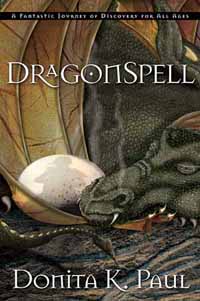 Another similar character appears in Donita Paul‘s DragonKeeper Chronicles: Dar of the doneel race. Here’s his introduction in the first of the series, DragonSpell.
Another similar character appears in Donita Paul‘s DragonKeeper Chronicles: Dar of the doneel race. Here’s his introduction in the first of the series, DragonSpell.
The whistling first sounded like a double-crested mountain finch, but then a few too many high notes warbled at the end of the call. Kale’s eyes sprang open, and she sat up. A doneel sat on a log by the stream. From his finger, a string dangled over the edge of a rock into the water. His clothes were tattered but bright in hue between the smudges of dirt and blood. His whistle changed to the song of a speckled thrush.
…if he stood, his little frame would not reach four feet. His tan and white furry head sat on a well-proportioned body. His large eyes hid under shaggy eyebrows that drooped down his temples and mingled with a long mustache. His broad nose stuck out like the muzzle of a dog, and his black lips met with hardly a chin at all underneath…
“Hungry?” he asked. Smiling, his face became round, half of it the huge mouth. Two ears covered with soft fur perched on the top of his head near the front. They twitched and turned as he listened.
Dar is particular when it comes to fashion and style. He seems austere in his treatment of others, and can be intimidating despite his small stature. But he, too, is a fierce friend, loyal to the core.
Actually, Ms. Paul has created other memorable minor characters: Wizard Fenworth, with bog creatures nesting in his beard and his habit of becoming treelike to the point that it’s hard to tell him apart from the real thing. Or how about the little fainting minor dragon, Gymn.
Some stories are notable because of the action and their fast pace, others because of their epic nature, and still others because of their vivid world. But when it comes to characters, which stand out in your mind? Are they protagonists or minor characters? And what about them makes them memorable?
Much of this article is an edited version of one that first appeared here at Speculative Faith in May 2012.































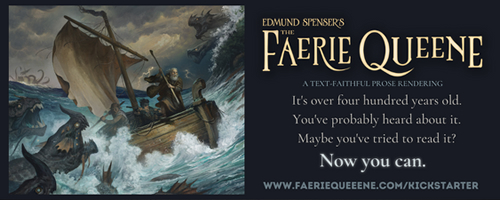

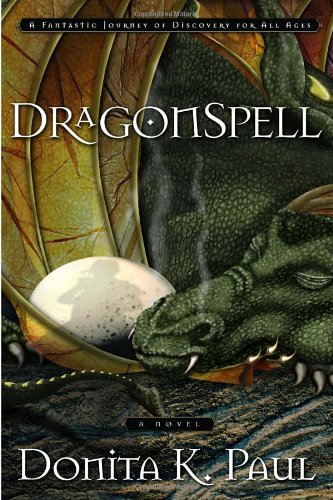

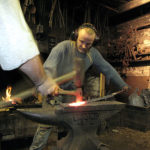

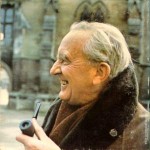
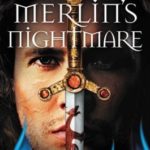



I grew up on The Hardy Boys (the fictional detectives, not the wrestlers). A bit later in my childhood, I discovered The Three Investigators, and more so then the Hardys those stories had either a speculative or almost-speculative element to them. Oh, and Danny Dunn and Encyclopedia Brown, too. Ah, good times.
One of my favorite spec characters is Sam Vimes from the Discworld stories. If I remember right, he wasn’t suppose to be a main character at first, but just kinda took over the role as the stories went along. But secondary characters, like Nobby Nobs and the Patrician, add at good bit to those stories, too.
I read The Hardy Boys, too. And Nancy Drew. Gave me a love for mysteries that has lasted. To me the best story is a fantasy that has at it’s core, a mystery. 😀 .
Sometimes in ensemble casts, it’s hard to know who is the secondary character. But yes, the good ones always add to the story! Your examples sound spot on! I’m not familiar with Discworld stories, so will have to trust your judgment!
Becky
You want a list? Mine include about half the characters in the Redwall series, the Tin Man (I’m a bit of a romantic) Queen Lucy the Valiant, Mrs. Valiant from Hind’s Feet on High Places (she’s in only one scene, but she exemplifies the kind of woman I want to be) and a litany of princesses and heroines from fairy tales. One of my current favorites is Nycteris from George Macdonald’s “The Day Boy and the Night Girl”.
I also find myself attracted to elementals, like dryads and water spirits. I was a huge Little Mermaid fan when I was a kid, (I graduated to Jasmine thankfully) so I suppose that’s part of it. There was this one character from the Aladdin cartoon series that I absolutely adored, even though he was the antagonist of the week. He was a plant elemental and that helped my fascination with nature-based characters.